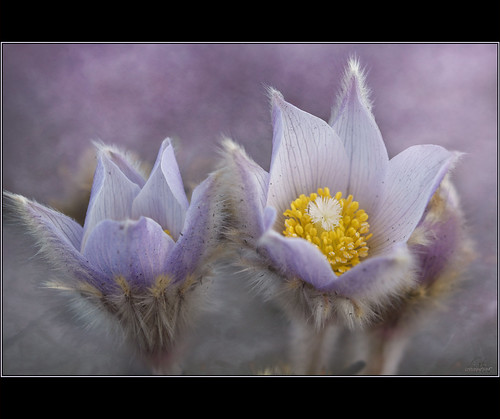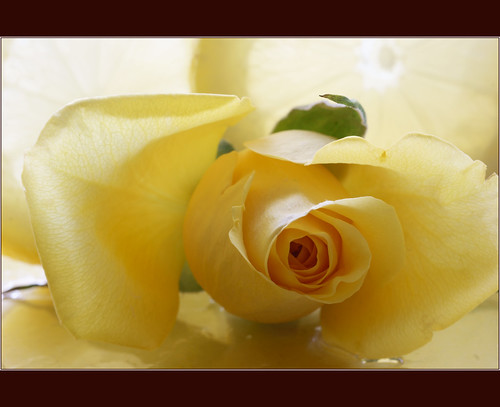
Tea Tree Oil, a first aid kit in a bottle.
A natural, healthy, cure for many ailments can be had in the form of tea tree oil (Melaleuca alternifolia). Tea tree oil is an essential oil which is a topical antifungal antiseptic to fight germs. According to The Marshall Center, University of Western Australia, "tea tree oil has broad spectrum in vitro antibacterial, antifungal, and antiviral activity."
During tick season, pet dogs will benefit as there is nothing better than tea tree oil. Placing the flea and tick pesticide control remedy on the back of the neck does kill adult fleas and ticks to prevent infestation in the dog's body. However, if you need to use a tweezer to remove a tick, then is very important to place a drop of tea tree oil on the site to disinfect it, and help healing. Tea tree oil also kills ticks, (one by one), and tea tree oil is a natural fungicide. Laundering dog blankets, or dog beds with tea tree oil added alongside the laundry detergent helps with home infestations of fleas and ticks. Also apply tea tree oil in the laundry for an added boost and wonderfully fresh smell (but do not use on plastics). Add a few drops to the pet shampoo is especially helpful at the beginning of tick season when the ticks are harder to spot. Tea tree oil can also be applied directly to leeches in the same way, and disinfect the leech bite area. Not only dogs benefit from tea tree oil, but it is used in pet store aquarium preparations to heal ailing fish with fungal infections.
Tea tree oil also works as a wonderful insect repellant. Tired of showering after applying DEET products, try tea tree oil soap, or a bit tea tree oil diluted in water in a dark colored glass bottle; shake it up and apply to the skin. If you have insects entering the home, try tea tree oil, a natural pest control.
Not only is tea tree oil effective against ticks for humans, dogs or livestock, but it also helps those suffering from head lice as well. Use tea tree oil on insect bites when out hiking in the woods.
Tea tree oil is always used topically (never taken internally ever), and its properties heal almost any skin ailment. Athlete's foot for instance, is healed by tea tree oil, and tea tree oil also helps any sweaty, smelly feet. It is beneficial to use tea tree oil soap to treat body odor when commercial under arm antiperspirants cannot be used. For acne sufferers or those with oily skin, tea tree oil, tea tree oil soap or tea tree oil lotion does wonders. Tea tree oil fixes rash which flares up after shaving, and it alleviates chapped lips in the winter months. Do you feel a boil, carbuncle or abscess coming on, a small bit of tea tree oil nips it in the bud. For minor skin abrasions, such as cuts, burns and scrapes add a dab of tea tree oil or tea tree oil lotion when they first occur. Spider bites and insect bites can be ameliorated almost immediately with an application of tea tree oil. Another skin ailment, warts, can be effectively treated with tea tree oil.
If tea tree oil is not swallowed, it can be mixed with water, and used to treat sore throats and canker sores of the mouth. Try it for a sore throat. All that is needed is a few drops of the pure essential oil, tea tree oil, added to warm water, then gargle. Try this two or three times a day. Also beneficial is tea tree oil lozenges from an herbal store which linger as they slowly dissolve, also providing relief from the pesky sore throat. Add a bit of tea tree oil to a vaporizer or boiling water or to the bath water so that the mist can be inhaled can treat not only coughs, but bronchial congestions and inflammations. Gargling with tea tree oil alleviates bad breath, plaque build up and inflamed gums as it is an anti-fungal agent. Earaches, as well benefit from a bit of tea tree oil, as do hair and scalp irritations. If you have fingernail or toenail fungal infections, again applying tea tree oil works wonders.
Amazingly the lists goes on and on. Add a bit of tea tree oil to water to make a douche to treat vaginitis. For Candidiasis, not only can this yeast infection be treated by douche, but also by placing a dab of eat tree oil on the end of a tampon. Also use tea tree oil for any herpes or cold sore flare ups. Fungal infections such as "jock itch", bursitis, shingles, chicken pox and ringworm (a fungal skin infection) are no longer irritations with an application of tea tree oil. Try tea tree oil as a remedy for poison ivy itch.
A depressed immune system> which has to deal with additional stresses of disease, diabetes, cancer, or HIV will truly relish the assistance of tea tree oil to battle off fungal infections. Tea tree oil is an anti-fungal agent, which can be used alongside an antibacterial agent as well for some infections which may be both bacterial and fungicidal. There are also several other natural and herbal anti-fungal agents which can be helpful and supplemental in all these applications upon further research.
Pharmaceutical companies add the phytochemical contents to a number of products. Alpha-terpineol, camphor, caryophyliene, limonene, linalool, alpha-pinene is a brief break down of the components of tea tree oil which have been used in toothpaste, floss, mouthwashes, shampoos, soaps, cold remedies, lozenges, skin lotions, household cleaners and many other products. When penicillin was discovered back in the mid 1900s then this first aid remedy got the back seat to treat infections. However, those with penicillin allergies or a resistance to penicillin, tea tree oil becomes a wonderful addition to the first aid chest.
Why does tea tree oil work so well and effectively? Tea tree oil is a natural antifungal agent. Only use tea tree oil externally, never take it orally at all. Tea tree oil can be used without harm more than one time a day. Check with your pharmacist, physician or other reputable source for more information on topical skin dosages, strength of mixtures and applications for most effective use.
Take a bottle of tea tree oil on a hiking trip, or going camping, a wonderful little first aid kit contained in a bottle. Nestle a bottle in your first aid cabinet, and have a versatile germ fighting agent.
______________________________________________________________________________
Additional Information:
Other names of Tea Tree Oil are Aceite del Árbol de Té, Australian Tea Tree Oil, Huile de Melaleuca, Huile de Théier, Huile de Théier Australien, Huile Essentielle de Théier, Melaleuca alternifolia, Melaleuca Oil, Oil of Melaleuca, Oleum Melaleucae, Tea Tree Essential Oil.
______________________________________________________________________________
Bibliography:
Online sources imbedded within text of article.
Balch, Phyllis A. Prescription for Nutritional Healing. Fifth Edition. Avery, Penguin Group (USA) Inc. New York. 2010. ISBN 978-1-58333-400-3
______________________________________________________________________________
Image Pigsqueak in the rain. This flower is a Bergenia, also known as pigsqueak or elphant's ears. This flower is not of the Narrow-leaved paperbark, narrow leaved ti-tree, or snow in summer (Melaleuca alternifolia) from Australia. Plantae, Angiosperms, Eudicots, Core eudicots, Saxifragales, Saxifragaceae, Bergenia, perennial, leaf rosette, pigsqueak, elephant's ears, cone shaped flower, pink flowers,
All rights reserved. Copyright © Aum ~ J Adamson. All my images and text are protected under international authors copyright laws and Canadian photography laws and may not be downloaded, reproduced, copied, transmitted or manipulated without my written explicit permission. As with all health advice on the internet, please double check with your pharmacist, physician or other reputable source for more information on topical skin dosages, side effects, allergic reactions, strength of mixtures and applications for most effective use.
Image may be licensed throgh Getty images. ... Peace and love be with you.
Namaste, the spirit in me bows down before the spirit in you.
______________________________________________________________________________
Follow me on Flickr, Word Press, Facebook, Blogger, Twitter, Tumblr, Live Journal, and Flickriver
______________________________________________________________________________

______________________________________________________________________________



